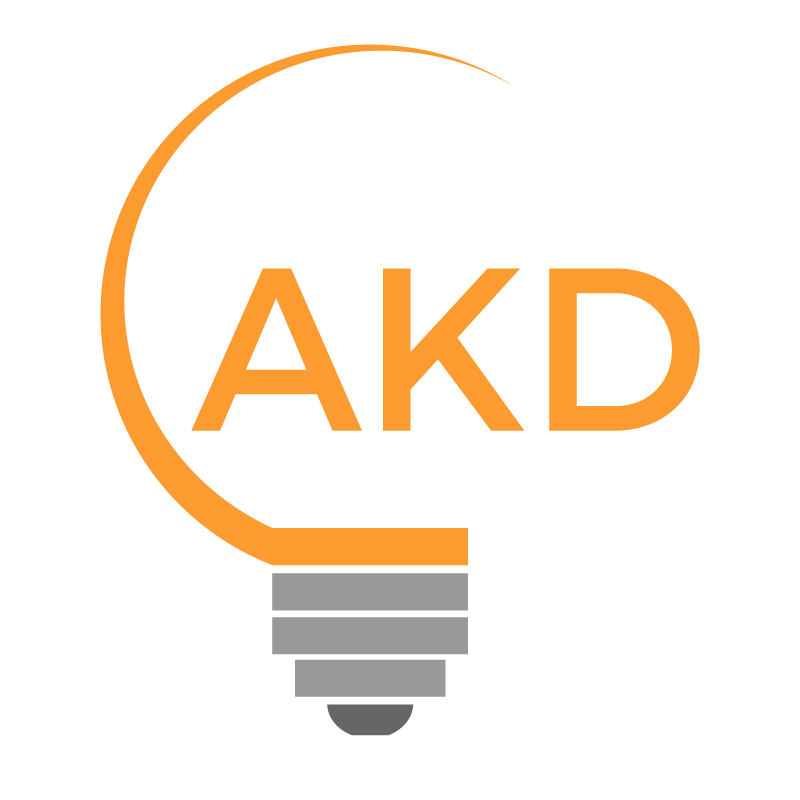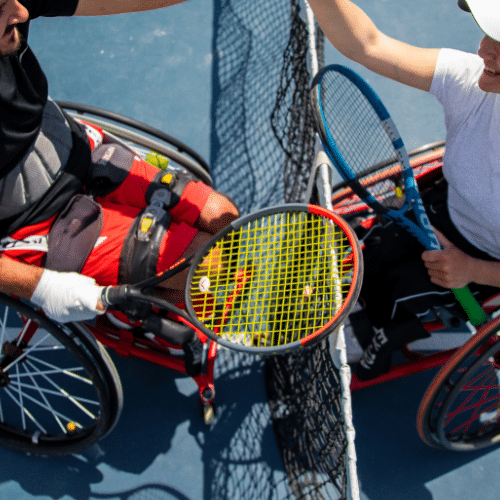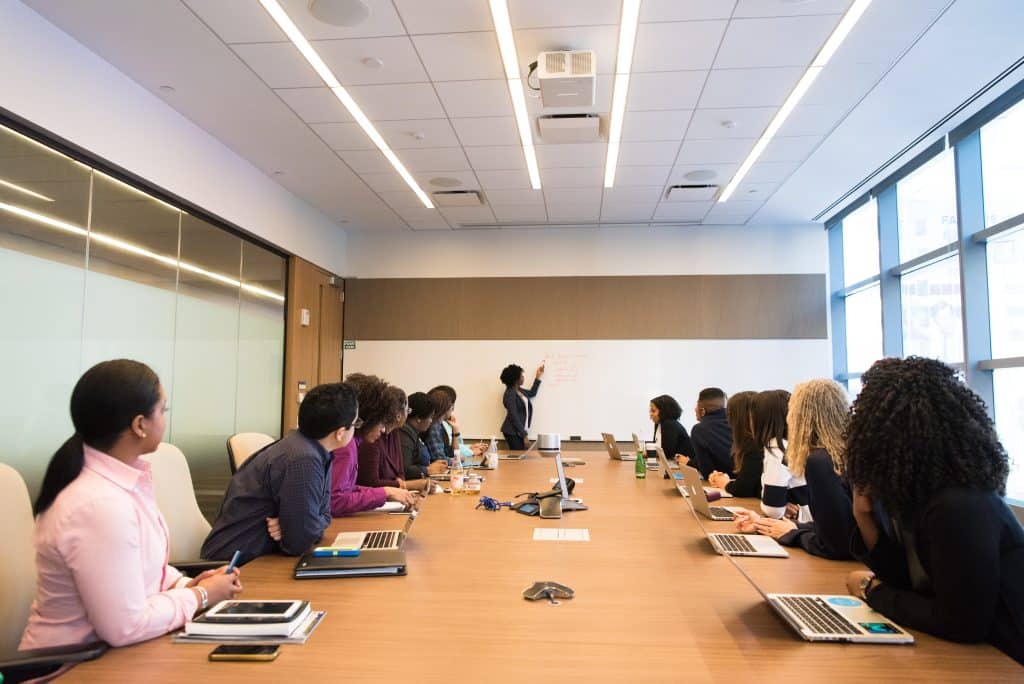AKD Solutions together with The Governance Form and Sheffield Hallam University (AGS) have forged a consortium to provide a wide range of skills, experience and creativity for sporting and physical activity organisations as they produce actionable and robust Diversity and Inclusion Plans (DIAPS). Ladi Ajayi, Head of Sport Division at AKD stated; “As the landscape of sport shifts towards becoming more inclusive and diverse, AGS is determined to be part of the cohort of organisations involved in positively shifting the dial.”
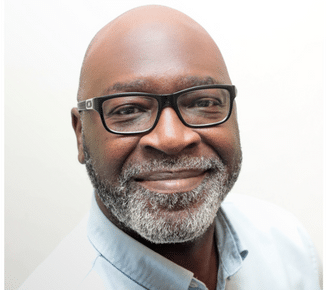
There is a consensus that sport and physical activity sector in the UK is excluding large numbers of people. The sector must be progressive in breaking down barriers for more people to gain access and enjoy the physical and mental well-being benefits of sport and physical activity. When Sport England and UK Sport reviewed the Code for Sports Governance in 2021, they introduced a new requirement for their Tier 3 funded partners to create a Diversity and Inclusion Action Plan (DIAP). The plans are expected to be ambitious and robust and clearly show how partners will work to improve diversity and inclusion across their whole organisation. Karl George, Lead Independent Review said; “We hope to help each partner to follow a process that enables them to enhance any existing action plan they have around diversity or if they haven’t got a DIAP we envisage that the process that we have recommend will help them to prepare bespoke, ambitious and proportionate plans.” Additionally, the plans will include clear and accountable actions which involve all stakeholders.
AGS are keen for partners to work collaboratively to not just draft another plan but to see this as an opportunity to action and embed fundamental change. Simon Shibli Sheffield Hallam University notes, “I’d like to see a culture change, whereby using data on diversity and inclusion is embedded in the DNA of sport and physical activity organisations because we agree that it is the right thing to do and good for business.”
To achieve this, AGS believe partners cannot do what they have always done. Akin Thomas, CEO of AKD adds “We need to disrupt our normality to create something better. This is an opportunity for partners to fuse their knowledge, experience and goals with our energy and expertise to develop and deliver DIAPs that will shift the dial.”
To find out more information visit www.akdsolutions.com/ags or email diapsupport@akdsolutions.com
